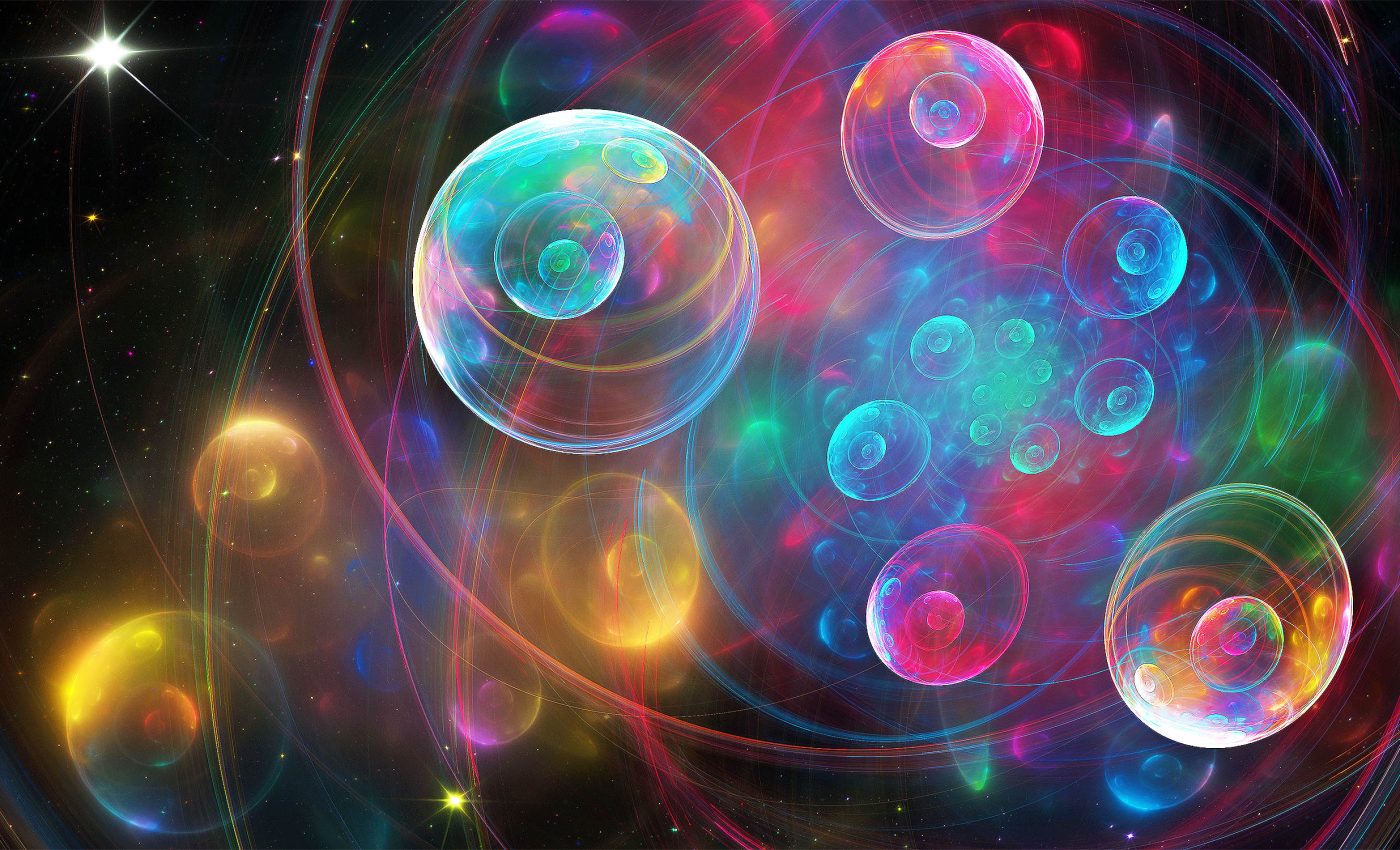
Quantum solution discovered for the gravitational wave mystery
The merger of two black holes embodies a complex interplay of gravitational forces that twist, twirl, and ultimately collide, generating ripples and waves that resonate throughout the cosmos.
These ripples, known as gravitational waves, are subtle distortions so refined that detecting them necessitates extraordinary precision.
Since 2015, we have made significant strides in capturing these faint cosmic echoes, facilitated by the Laser Interferometer Gravitational-Wave Observatory (LIGO). However, we now stand on the brink of a transformative advancement that promises to bring cosmic phenomena into the confines of a laboratory.
Enter Professor Nic Shannon, the head of the Theory of Quantum Matter Unit at the Okinawa Institute for Science and Technology (OIST). He leads an exceptional team that has successfully replicated the behavior of these gravitational waves using cold atoms within a quantum condensate.
This innovative approach opens up a new frontier for exploring these elusive ripples in a controlled experimental environment.
Quantum particles and gravitational waves
Albert Einstein predicted the existence of gravitational waves in his theory of general relativity. These cosmic ripples transport vital information about their sources and the fabric of space-time itself. Imagine tuning into a cosmic symphony, with gravitational waves playing the keynotes.
That said, turning up the volume on this cosmic symphony is a formidable task. Only the mightiest of cosmic events — black hole mergers, supernovae explosions — can produce gravitational waves intense enough for our present detectors, like LIGO in the U.S. and the Virgo interferometer in Europe, to capture.
Professor Shannon, senior author of the study and head of the unit, explains that Einstein’s theory of general relativity revolutionized our understanding of space and time.
“It taught us that space can bend to form a black hole and that it can vibrate, creating waves that travel across the universe at the speed of light,” he says.
These gravitational waves hold crucial information about our universe, but they are extremely difficult to detect.
Gravitational waves and BEC
Professor Shannon and his team are taking a fresh approach, revisiting Earth-based phenomena that echo aspects of general relativity. They’ve introduced a novel way to examine gravitational waves without needing gigantic telescopes.
Their research, carried out with scholars from the University of Tohoku and the University of Tokyo, hinges on a quantum phenomenon involving ultracold atoms — Bose-Einstein Condensate (BEC).
When the temperature of bosons, a type of quantum particle, is reduced to nearly absolute zero, they behave as a single quantum entity. This collective conduct paves the way for researchers to reproduce the conditions that spawn gravitational waves.
Professor Han Yan from the University of Tokyo articulates why this novel approach matters, saying, “This result is important because it makes it possible to simulate and study gravitational waves in a much simpler experimental setting.”
Creating a spin-nematic state
At OIST, the research team is delving into a fascinating type of Bose-Einstein condensate (BEC) known as spin nematics. In this captivating spin-nematic state, quantum particles display unique behaviors that enable them to transmit energy throughout the system.
How do they accomplish this? By generating waves that strikingly resemble gravitational waves.
“We realized that the properties of the waves in the spin-nematic state are mathematically identical to those of gravitational waves,” explained Professor Shannon.
These waves not only facilitate energy transfer but also pave the way for deeper understanding of quantum mechanics and its potential applications in cutting-edge technologies.
The study of spin nematics holds the promise of uncovering insights into quantum phase transitions and the fundamental nature of matter, particularly at low temperatures.
Quantum physics and gravitational waves
Bridging the study of gravitational waves and the quantum physics of cold atoms has led to new possibilities.
Dr. Leilee Chojnacki, a lead author of the study, describes this as an opportunity to unite different branches of physics in a novel way.
She says, “It was very exciting for me to work on two very different branches of physics and bring them together in a way that hadn’t previously been explored.”
The ability to simulate gravitational waves in a laboratory ushers in a brand-new era. This method presents an opportunity to conduct experiments impossible with traditional gravitational wave detectors due to their sheer size and complexity.
The profound unity of nature shines through this research. Mathematical principles can explain both colossal cosmic phenomena and microscopic quantum interactions. It’s a testament to the elegance and interconnectedness of our physical world.
Einstein’s legacy in a quantum world
The leap forward that Professor Shannon and his team have made in simulating gravitational waves in a lab has broadened our understanding of the universe.
Their work not only deepens our grasp of gravitational waves but also showcases the power of integrating different scientific disciplines.
Through bridging the cosmic and the quantum, they’ve unlocked new paths of exploration, illuminating some of the deepest mysteries of our universe. Indeed, when scientists dare to think differently, the boundaries of human knowledge expand, and new horizons open up.
The full study was published in the journal Physical Review B.
—–
Like what you read? Subscribe to our newsletter for engaging articles, exclusive content, and the latest updates.
Check us out on EarthSnap, a free app brought to you by Eric Ralls and Earth.com.
—–













